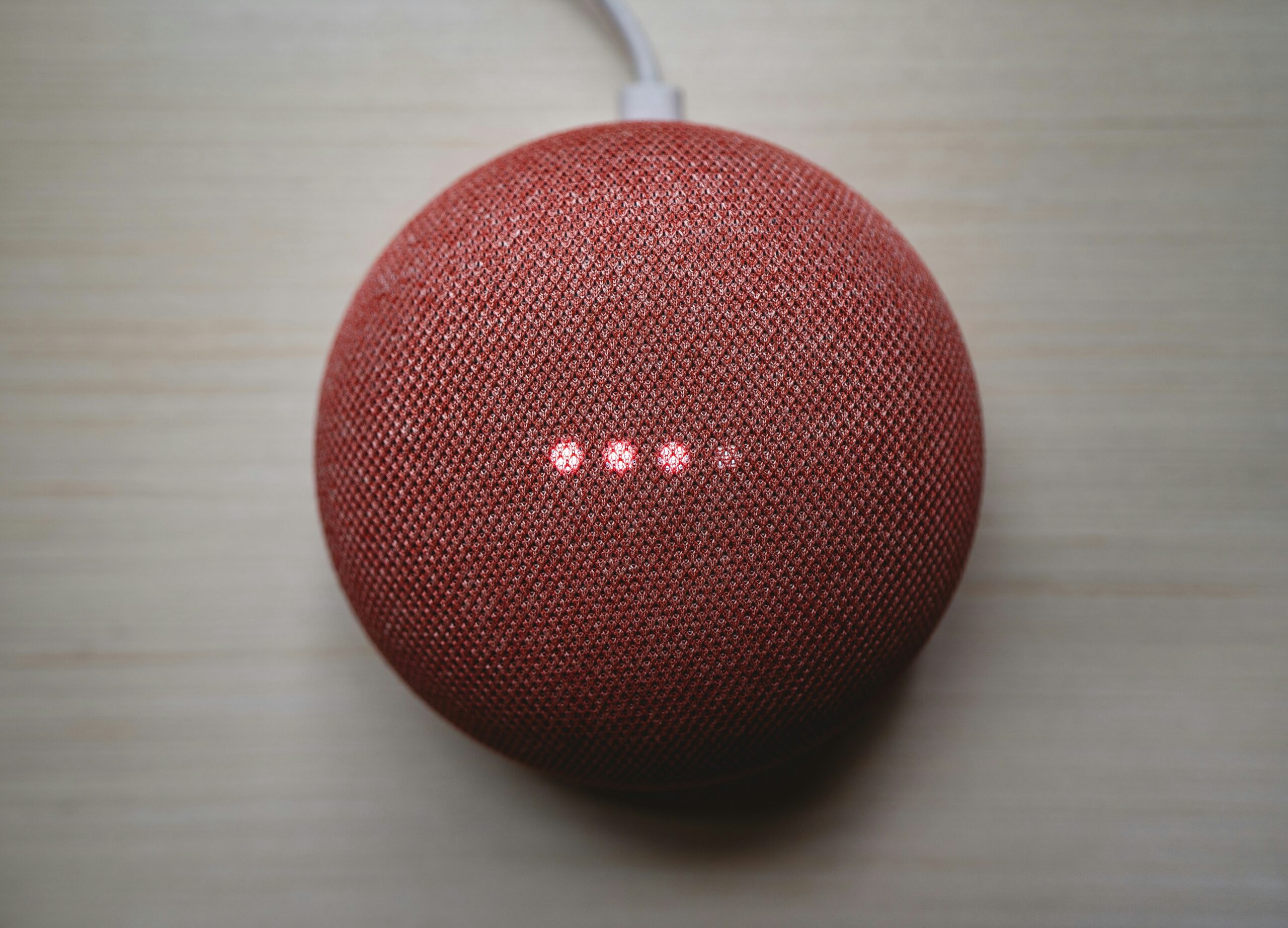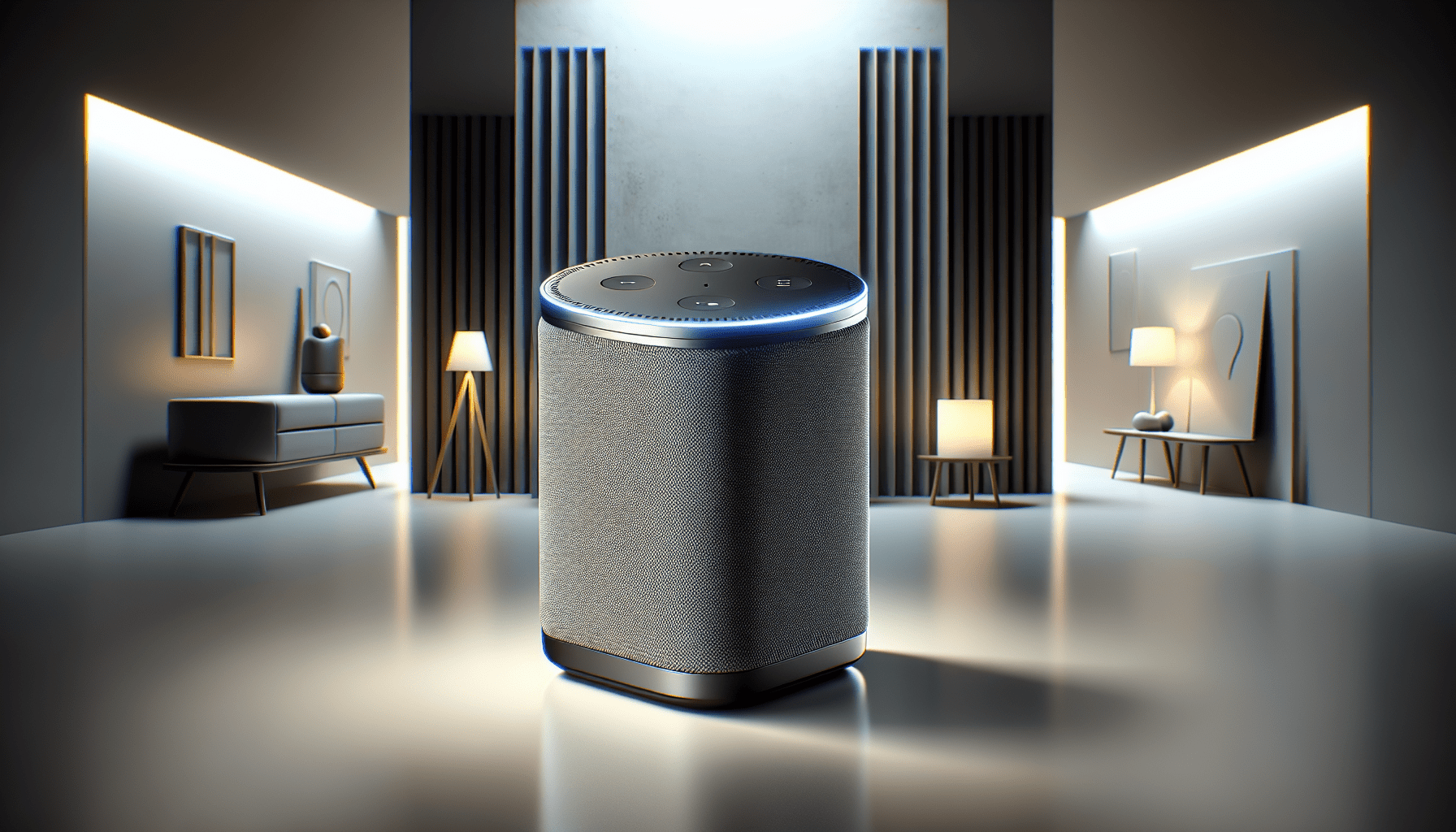Have you ever wondered how voice assistants are transforming the way we interact with technology? If you’re like most people, you probably started with asking Alexa for the weather or Siri to set a timer. But today, voice assistants are capable of so much more! In this friendly guide, we’ll explore the latest trends in voice assistant technology and how they are revolutionizing various sectors, making life smoother and more enjoyable.
What Are Voice Assistants?
Before we jump into the trends, let’s get acquainted with voice assistants themselves. A voice assistant is a digital application that uses voice recognition, natural language processing, and speech synthesis to provide various types of services. Think of them as your personal assistant who never needs a coffee break.
The Rise of Voice Assistants
Voice assistants have come a long way since their humble beginnings. Initially designed for basic tasks such as setting reminders and playing music, these smart helpers have grown more intelligent, thanks to advancements in artificial intelligence (AI) and machine learning.
Evolution Over Time
Here’s a quick look at how voice assistants have evolved:
| Year | Milestone |
|---|---|
| 2011 | Siri launched by Apple |
| 2014 | Amazon’s Alexa debuted |
| 2016 | Google Assistant made its appearance |
| 2018 | Samsung introduced Bixby |
| 2020 | Voice assistants became more integrated with IoT |
As these assistants advance, they learn more from their interactions, becoming better at predicting your needs and understanding complex queries.

Current Trends in Voice Assistants
Let’s look at the hottest trends that are reshaping the voice assistant landscape.
Enhanced Natural Language Processing (NLP)
Voice assistants are getting better at understanding natural language, meaning you don’t need to stick to a set of predefined commands. They can handle slang, accents, and even contextual nuances. This makes conversing with them more like talking to a human.
Improved Multilingual Capabilities
Gone are the days when voice assistants could understand only one or two languages. With the enhancement in NLP, these assistants now offer proficient multilingual support, catering to a global audience. Imagine being able to switch between languages seamlessly without the assistant missing a beat!
Integration with IoT Devices
As the Internet of Things (IoT) becomes more prevalent, voice assistants are increasingly integrated into smart homes. From adjusting your thermostat to turning off the lights as you leave the house, these assistants can manage it all with simple voice commands.
Personalization and Customization
Voice assistants are becoming more personalized, learning from your behavior and preferences to provide a tailored experience. Whether it’s your preferred news sources, music playlists, or daily routine, these assistants aim to know you better than your best friend.
Enhanced Security and Privacy
In a world where data privacy is a pressing concern, voice assistants are improving their security features. Multi-layered authentication methods, voice-specific recognition, and transparent data usage policies are some ways these smart assistants are ensuring your data stays secure.
Enterprise Adoption
Voice assistants are also making their way into the corporate world. From scheduling meetings to sending emails and even data analysis, businesses are leveraging voice technology to boost productivity and streamline operations.
Applications in Everyday Life
Voice assistants are no longer restricted to tech enthusiasts; they are now part of our daily lives in various ways:
In the Home
From setting reminders and alarms to creating shopping lists, voice assistants simplify everyday tasks. They also integrate with smart home devices to offer a truly connected living experience.
In the Car
Voice assistants ensure you can keep your eyes on the road while navigating, making calls, or even sending text messages. They’re becoming a staple in the modern driving experience.
In Healthcare
Healthcare providers are leveraging voice assistants to offer personalized medical advice, schedule appointments, and even remind patients to take their medicine. These assistants are making healthcare more accessible and efficient.
In Shopping
Voice assistants make it easy to shop online by integrating with e-commerce platforms. You can search for products, compare prices, and make purchases using simple voice commands, making shopping a breeze.
In Education
Educational institutions are incorporating voice assistants to assist with research, provide study material, and even help with language learning. They are becoming an invaluable educational tool.

The Future of Voice Assistants
The future of voice assistants is incredibly exciting, filled with possibilities that we are only beginning to explore.
Integration with Augmented Reality (AR)
Imagine giving a voice command and seeing an AR display with the information you requested. Voice assistants paired with AR could redefine how we interact with both digital and physical worlds.
Advanced Emotional Intelligence
Future voice assistants could recognize your emotional state through your voice and respond accordingly. Feeling down? Your assistant might play your favorite uplifting song or offer reassuring words.
Seamless Cross-Platform Experiences
As technology becomes more interconnected, voice assistants will provide a seamless experience across all your devices. Start a task on your phone and finish it on your smart speaker, all without missing a beat.
Widespread Adoption in Developing Countries
With advancements in NLP and improved multilingual support, voice assistants are likely to become more prevalent in developing countries. This could democratize access to information and technology, contributing to global growth.
Human-like Conversations
The goal is to make conversations with voice assistants indistinguishable from those with real people. Advanced AI will make this a reality, offering you a more engaging and intuitive user experience.
Challenges and Considerations
While voice assistants present numerous benefits, they aren’t without challenges. Understanding these can help set more realistic expectations.
Data Privacy
With voice data being constantly collected, there are valid concerns about who has access to this data and how it is used. Regulations and robust security measures are essential to address these concerns.
Misunderstandings and Errors
Despite advancements in NLP, voice assistants can still misunderstand or misinterpret commands, especially in noisy environments or with strong accents. Continued improvements and more contextual understanding are needed.
Accessibility Barriers
Not everyone may find voice assistants easy to use, including individuals with speech impairments or those who are not tech-savvy. Designing more inclusive interfaces will be essential.
High-Tech Dependency
As we become more reliant on voice assistants, there’s a risk of becoming too dependent, which could impact our basic problem-solving skills and face-to-face interactions. Balancing technology use with offline activities is crucial.

Tips for Effective Use of Voice Assistants
Want to get the most out of your voice assistant? Here are some handy tips to make these smart helpers work even better for you:
Customize Command Phrases
Different assistants allow you to set custom command phrases. Tailoring these commands to suit your needs makes interactions quicker and more intuitive.
Link Compatible Devices
Ensure all your smart devices are compatible and linked. This interconnectedness provides a smoother, more efficient user experience.
Use Routines
Most voice assistants allow you to set up routines, which are multiple actions triggered by a single command. Imagine saying, “Good night” and having your assistant dim the lights, lock the doors, and play a soothing playlist. It’s like having a butler, but without the hefty salary.
Keep Software Updated
Regular updates often include fixes for bugs, improved features, and enhanced security. Keeping your voice assistant and related apps updated ensures optimal performance.
Explore Third-Party Skills and Actions
From meditation guides to cooking instructions, exploring third-party apps can unlock a plethora of functionalities you never knew you needed.
Set Privacy Settings
Regularly review and adjust your privacy settings to control what data is collected and how it’s used. Familiarize yourself with available options to ensure your data is handled according to your preferences.
Popular Voice Assistants
Wondering which voice assistant might be the best fit for you? Here’s a look at some of the most popular options available:
Amazon Alexa
Known for its wide range of skills and compatibility with numerous smart devices, Alexa can perform a myriad of tasks, from playing music to setting up routines.
Google Assistant
Integrated seamlessly with Google services, this assistant excels at providing information, setting reminders, and managing your daily schedule.
Apple Siri
Best for those deeply invested in the Apple ecosystem, Siri offers convenient integration with other Apple products and services.
Microsoft Cortana
While not as widespread as the others, Cortana is still a valuable assistant, particularly for those who use Microsoft software extensively.
Samsung Bixby
Designed to work particularly well with Samsung devices, Bixby offers deep integration with the company’s ecosystem, including smart home devices and smartphones.

The Community Aspect
One of the thrilling aspects of voice assistants is the community that forms around them. Users often share tips, tricks, and skills, creating a network of support and innovation.
User Reviews and Recommendations
User feedback and reviews can guide you in maximizing your assistant’s capabilities. Online forums and communities are treasure troves of practical advice and creative uses.
Skill Sharing
Many platforms allow users to create and share their own skills for voice assistants, adding to the ecosystem’s richness. Whether it’s a helpful grocery list manager or a voice-controlled game, the possibilities are endless.
Environmental Impact
As we install more devices with voice assistants in our homes and workplaces, it’s worth considering their environmental impact.
Energy Consumption
Voice assistants usually operate on always-on devices, which can contribute to higher energy consumption. Opting for energy-efficient models and using power-saving settings can mitigate this.
E-waste
As technology evolves, older devices may become obsolete, leading to e-waste. Proper recycling and responsible disposal of gadgets can help tackle this issue.
Sustainability in Development
Many companies are now focusing on sustainable practices in developing and packaging their products. Supporting these initiatives can make your tech use more eco-friendly.

Concluding Thoughts
Voice assistants have undeniably enriched our lives, offering convenience and efficiency in unimaginable ways. From your daily routines to your professional life, these smart helpers are here to make things easier. By staying informed about the latest trends and best practices, you can make the most out of your voice assistant, while also being mindful of the challenges. Ready to explore what your assistant can do? It’s like having a futuristic personal helper who’s there for you 24/7 without the chatter of a human assistant asking for coffee breaks. Lucky you!